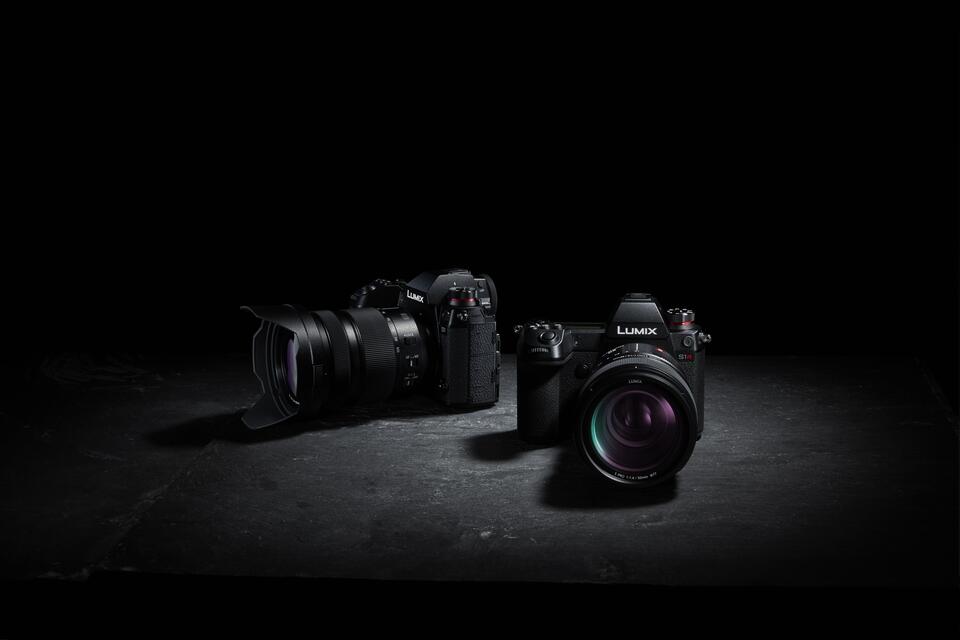
Kolari Vision, a company renowned in the United States for its expertise in camera conversions and filter manufacturing, has recently developed a groundbreaking optical low-pass filter (OLPF) specifically designed for Panasonic’s Lumix S series cameras.
This development represents a significant advance in the field of photography and videography, offering a solution to a common issue faced by camera users.
Understanding Moiré and the Role of OLPF
Moiré, known for its undesirable color effects in photographs, particularly in fabrics and clothing, occurs when a camera’s sensor fails to interpret repeating patterns or lines accurately. To combat this, manufacturers typically install an OLPF in front of the camera sensor. This filter blurs these details to minimize moiré while maintaining image resolution to a degree acceptable to the human eye. Although this process does introduce some level of blur, it is a trade-off that many, especially filmmakers, are willing to accept to avoid digital artifacts in their images.
 The Trend of Removing Low-Pass Filters
The Trend of Removing Low-Pass Filters
In recent years, the camera industry has seen a trend towards removing low-pass filters from cameras. This change is largely due to improvements in sensor resolution, which better handle artifacts, coupled with advanced postproduction tools available for image correction. However, filmmakers predominantly shooting in 4K still encounter issues with moiré. Panasonic, for instance, offers the Lumix S1H with an OLPF and the Lumix S5 II without it. While the Lumix S5 II is a hybrid camera, its video features primarily attract users. Despite its impressive qualities, such as image quality, IBIS, and autofocus, the absence of an OLPF leads to noticeable moiré and aliasing, particularly when not shooting in open gate mode.
 Kolari Vision’s Solution to Moiré
Kolari Vision’s Solution to Moiré
Kolari Vision’s OLPF filter is specifically designed to address this issue. While it slightly reduces image sharpness, the overall result is a favorable balance. The filter also induces a shift in white balance towards the blue spectrum, easily corrected in post-production or with custom white balance settings in the camera. Importantly, this modification does not affect the camera’s autofocus functionality.
Practical Application and Impact
For professionals like wedding filmmakers, the presence of moiré can be problematic. Prior to this innovation, eliminating moiré required extensive postproduction work. With Kolari Vision’s OLPF filter, users report a significant reduction in moiré, surpassing even the performance of cameras like the Lumix S1H. This modification, therefore, presents a viable and effective solution for those seeking to enhance their camera’s capabilities while maintaining image quality and reducing unwanted artifacts.
In summary, Kolari Vision’s OLPF filter offers a practical and efficient solution to the longstanding issue of moiré in digital imaging, marking a significant advancement in the realm of camera technology.
News source: https://kolarivision.com/









